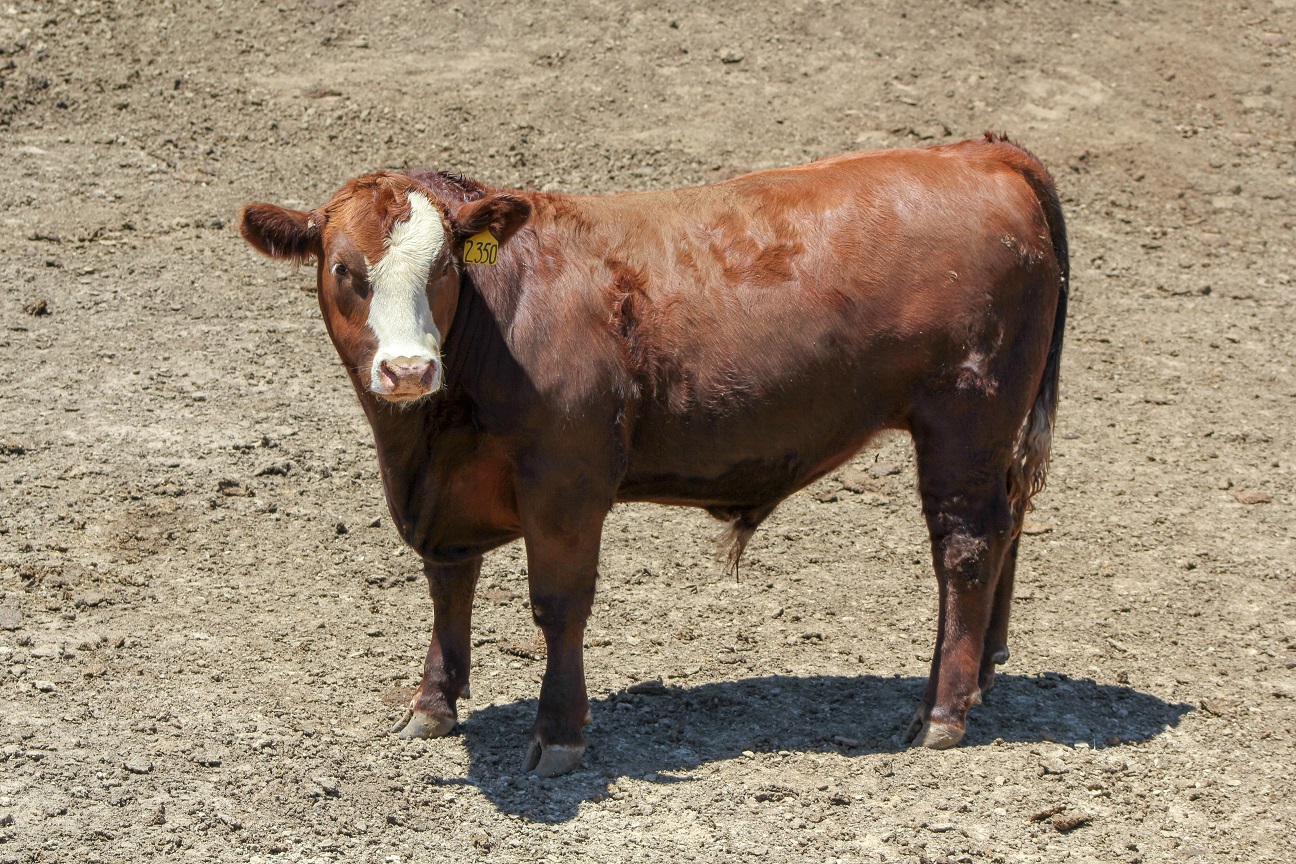Brianna Buseman, Youth Meat Nebraska Extension Educator
Carol Schwarz, Nebraska Extension Educator

Many people are looking for opportunities to buy market animals to harvest at home, which has led to many questions about the best way to complete that task. Prior to making the decision to try home harvest, there are a few important things to consider:
1. Food Safety: Can you properly cool the carcass and keep it clean to ensure meat safety?
One of the main concerns when harvesting livestock at home is temperature. If handled poorly or not stored properly, meat can be a great place for bacteria to grow. It is important to cool the carcass to 34-45o F within 24 hours after harvest. In addition to environmental temperature, care needs to be taken to decrease the chance of carcass contamination (feces, dust, etc.) that could lead to bacteria growth. Furthermore, meat can absorb off odors and flavors from the environment. Scents such as manure, gasoline, etc., can be absorbed and lead to problems with odors and flavors within the meat. If harvesting at home, it is necessary to ensure the environment is cool and clean.
2. Animal Welfare: Can you ensure humane handling and stunning?
Having the ability to handle livestock humanely both prior to and during harvest is of utmost importance. This means limiting animal stress and having the ability to effectively stun and exsanguinate (bleed out) the animal quickly.
3. Meat Quality: Can you effectively harvest the animal without negatively impacting meat quality?
Meat quality is focused on the palatability of the final product. If livestock are excessively stressed prior to harvest, quality issues can ensue. In beef, long term stress can lead to a product that is dark, firm and dry, known as a dark cutter. This effect produces a product that not only is unappetizing, but also retains moisture, making it more susceptible to bacteria growth. In pork, short term stress can lead to a product that is pale, soft and exudative; meaning it is light in color and is not able to hold water well. This results in product that is dry and not very flavorful. Additionally, if exsanguination is not performed quickly and effectively, blood splash can occur within the muscle. A significant challenge when harvesting livestock at home is aging the product to improve tenderness and palatability. Aging requires refrigerated storage space that is clean and limits potential for bacteria growth. Holding meat in refrigerated storage for 7-14 days prior to cutting into retail cuts (steaks, chops, roasts) is beneficial to improve the final product’s palatability and overall eating experience.
4. Equipment/Facilities: Do you have the equipment and facilities to work efficiently, ensure worker safety, maintain a cool environment, and store the final product?
From start to finish, the process of harvesting livestock offers potential for worker injury. Having good equipment and knowledgeable help is necessary to ensure efficiency and safety. Prior to harvest, it is necessary to think about what type of equipment you may need, such as sharp knives, hoists, meat saws, packaging and much more. As the meat is being divided into retail cuts, it is necessary to keep a cool environment to limit bacteria growth. Once the carcass is packaged into steaks and roasts you will need plenty of freezer space for storage. Meat from a whole hog will require approximately 5 cu. ft. of freezer space, whereas meat from an entire beef animal will require approximately 16 cu. ft. of freezer space.
Although it may seem like a simple task, home harvest is very labor intensive and requires a lot of planning. While it may be a good decision for some, it is important to think through the entire process prior to making the decision to harvest livestock at home. If unable to confidently answer the questions about how to handle food safety, animal welfare, meat quality and equipment, it may be beneficial to consider other options for harvest, such as working with a local processor.
University of Nebraska-Lincoln
